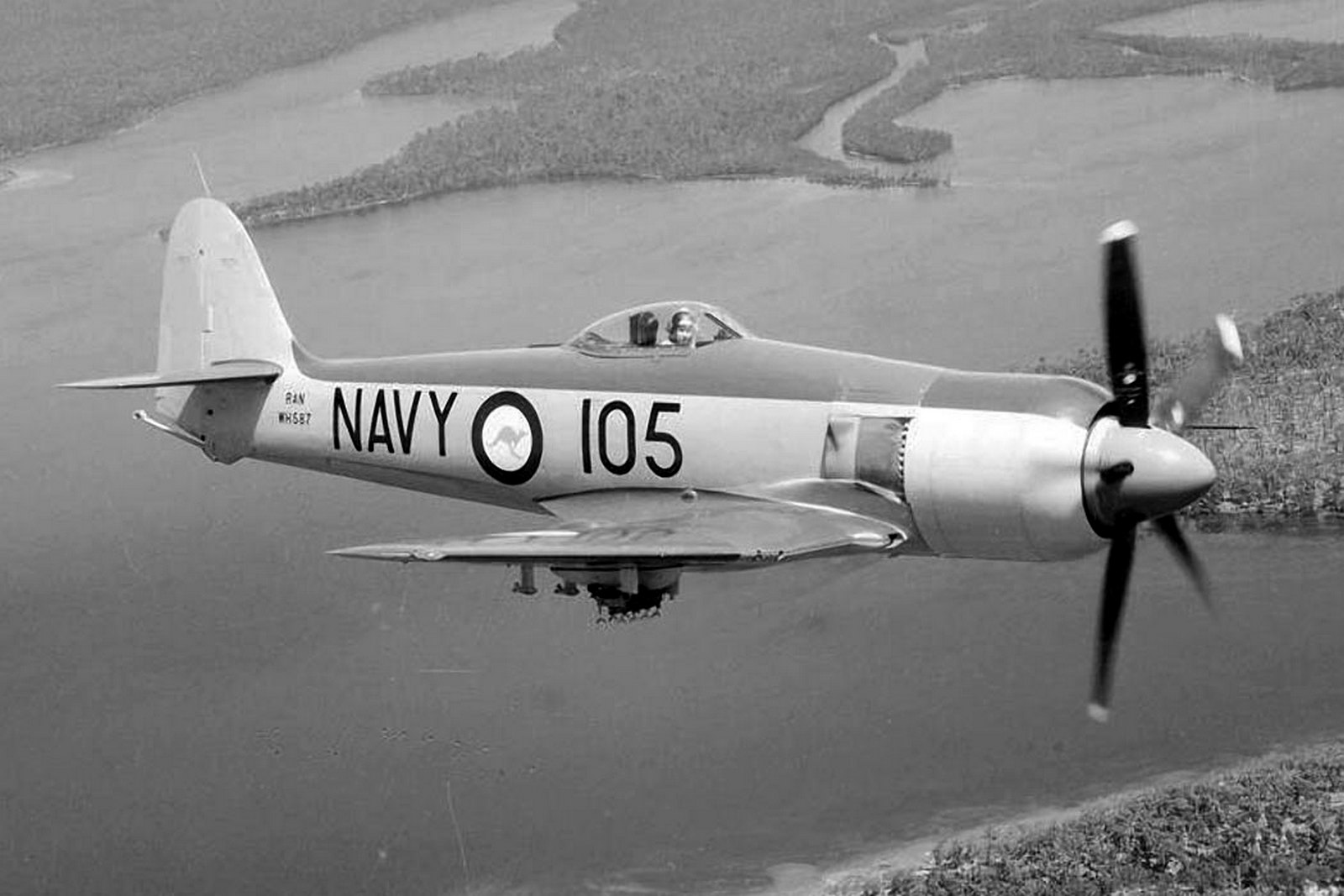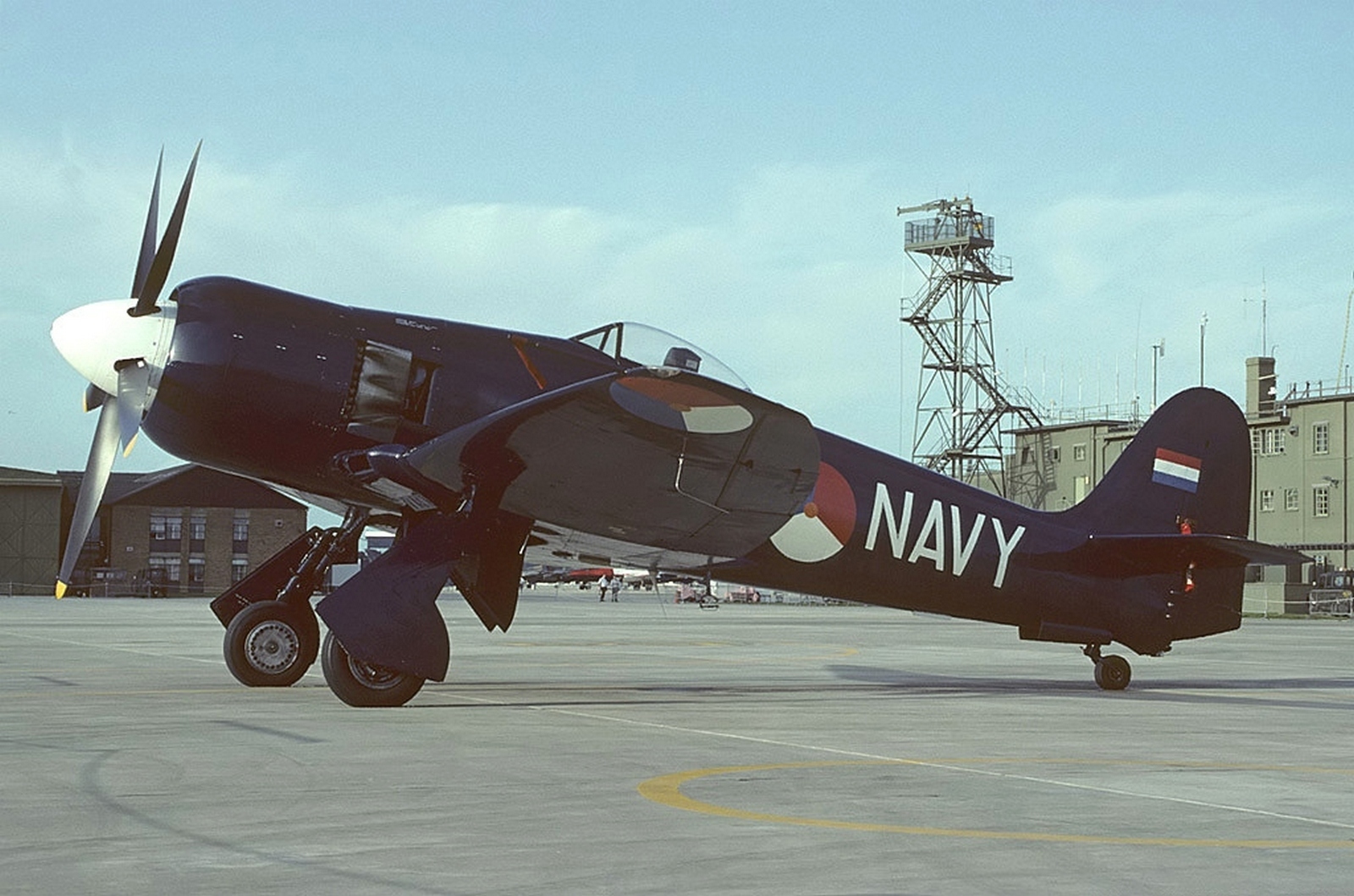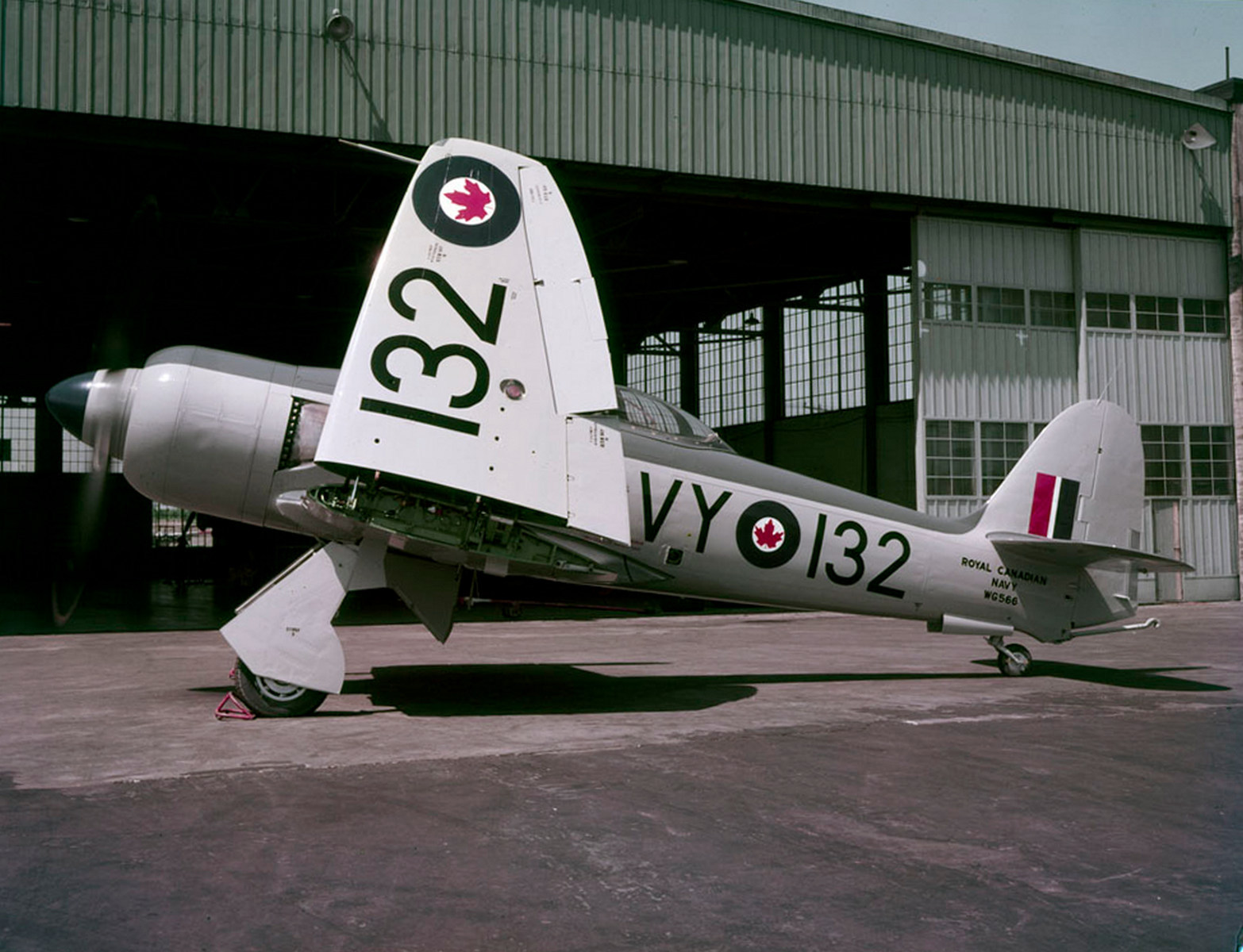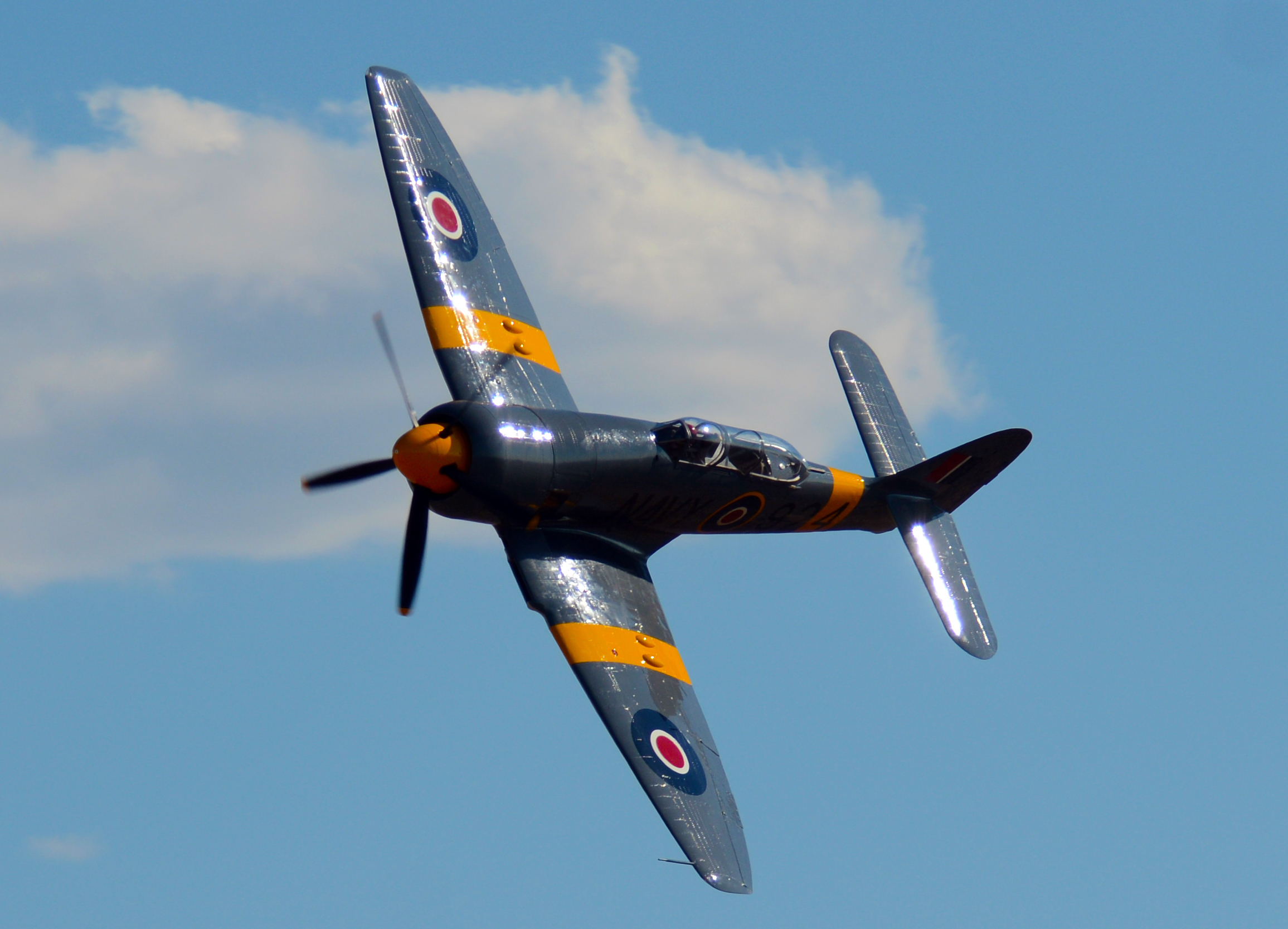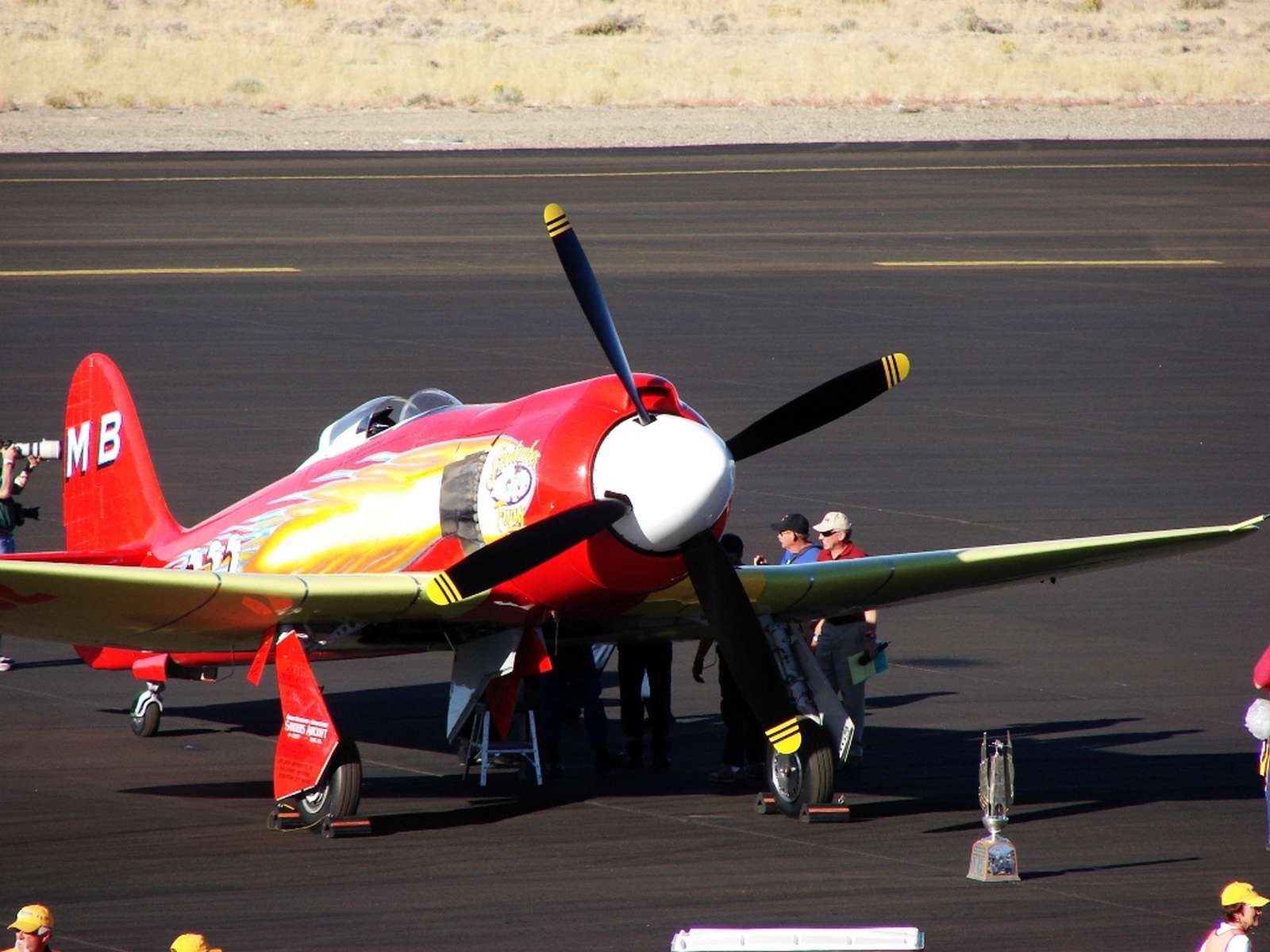On February 21, it marked the 80th anniversary of the carrier-based fighter Sea Fury

On February 21, it marked the 80th anniversary of the carrier-based fighter Sea Fury, one of the fastest piston-engine aircraft in history. On this day in 1945, its first prototype took to the skies.
The aircraft was developed by the British company Hawker Aircraft, incorporating design advancements from its predecessor, the Tempest, as well as experience gained during World War II. A key factor in its success was the use of the Bristol Centaurus, a 2,480 hp double-row radial engine.
The Sea Fury measured 10.57 meters in length, had a wingspan of 11.7 meters, and a maximum takeoff weight of 6,645 kg. It could reach a top speed of 740 km/h and had a range of over 1,200 km. Its armament included four 20mm cannons, along with provisions for 16 unguided rockets and up to 910 kg of bombs.
Production of the aircraft continued until 1952, with a total of 864 units built in nine different variants, including two-seat trainer versions. Apart from the United Kingdom, the Sea Fury was operated by the naval or air forces of nine other countries, including Australia, Burma, Cuba, Canada, the Netherlands, and Pakistan.
The Royal Navy of the United Kingdom kept the aircraft in service between 1947 and 1955, and even into the 1980s, several were used for demonstration flights as part of the Historic Flight Squadron. The longest operational use of the Sea Fury was in Burma, where the aircraft remained in service until 1968.
The Sea Fury saw combat in several regional conflicts, including the Korean War (1950-1953), the Bay of Pigs invasion in Cuba (1961), and numerous counterinsurgency operations in Burma.
Pilots respected the Sea Fury for its power and ability to carry a significant combat load, especially in fighter-bomber roles. However, it proved somewhat challenging to operate from aircraft carriers, mainly due to poor cockpit visibility during takeoff and landing, as well as landing gear limitations.
Many Sea Fury aircraft have survived to this day, not just in museums but also in active use. Extensively modified versions have become regular participants in the famous Reno Air Races, held at Reno-Stead Airport in Nevada, USA.

 Fan-page
Fan-page Youtube
Youtube TikTok
TikTok Aviamuseum
Aviamuseum State Aviation Museum
State Aviation Museum




